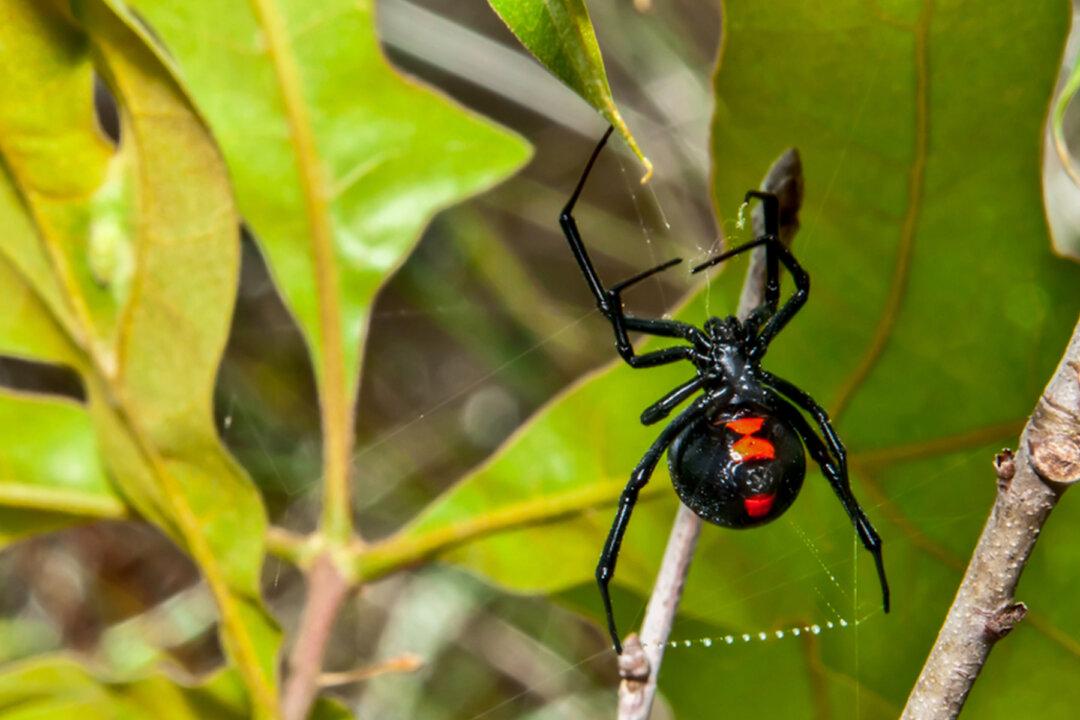A newly identified species of venomous spider has been making waves in the scientific community for two notable reasons. Not only is the spider bigger and bolder than its cousin, the renowned black widow, but its egg sac is a distinctive bright-purple hue.
First found in the South African sand forests of Phinda, KwaZulu-Natal Province, it is being hailed as the most significant venomous spider discovery in decades.




